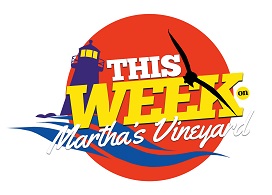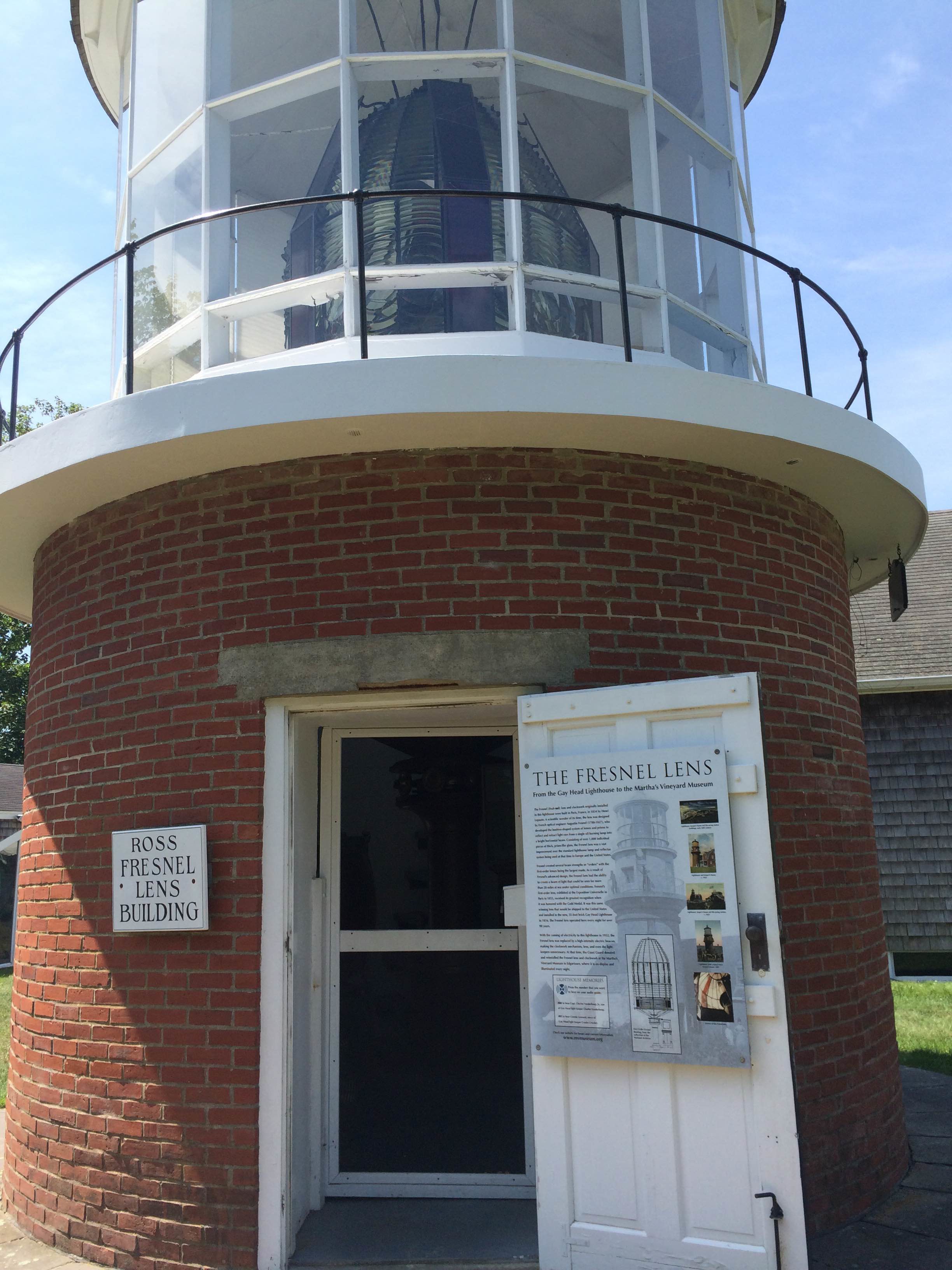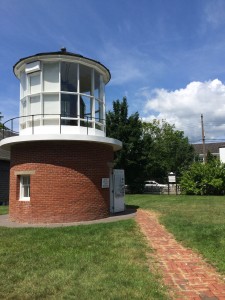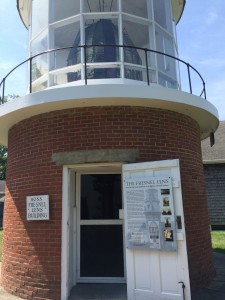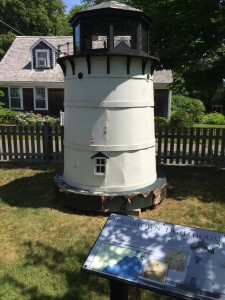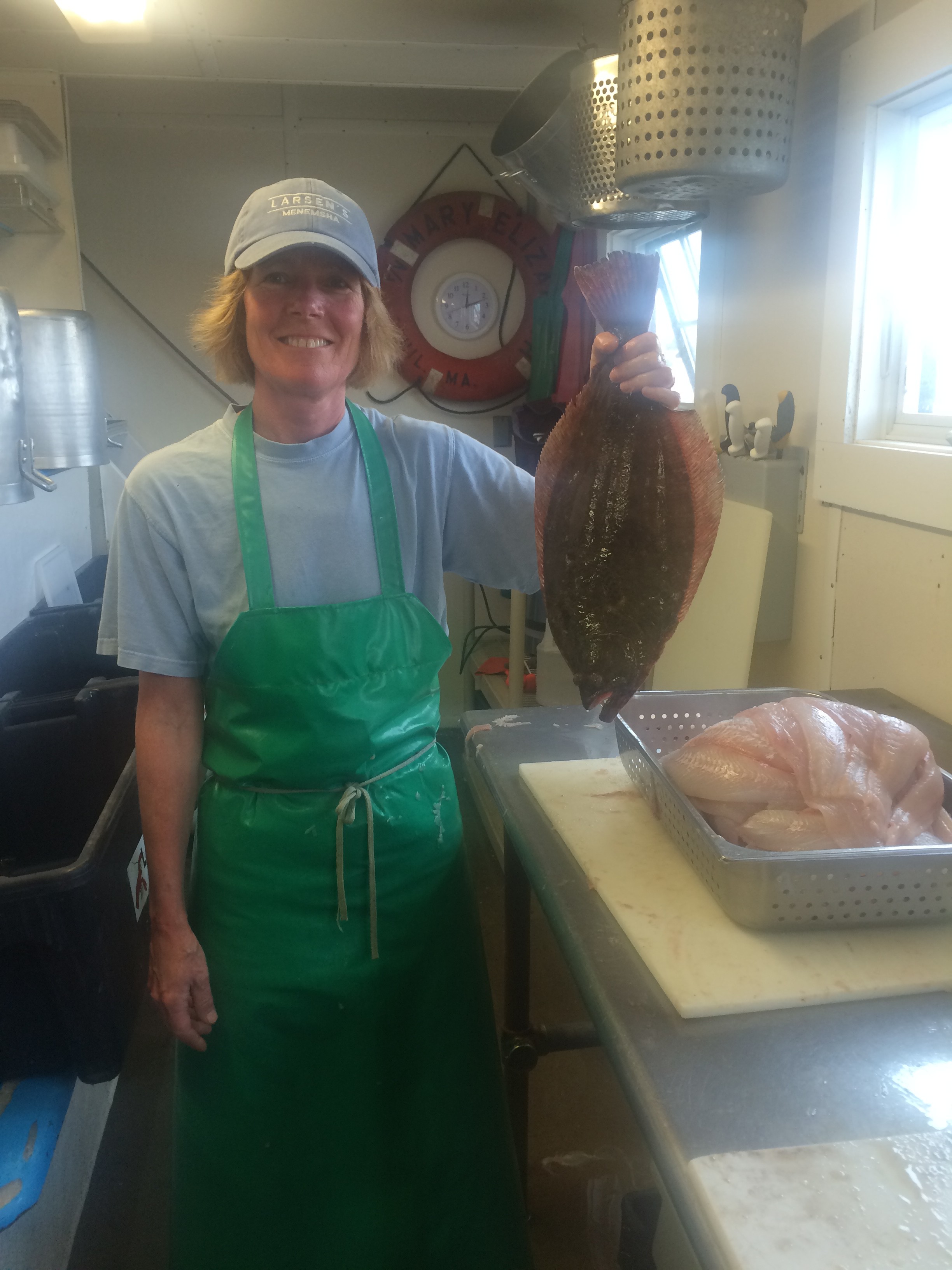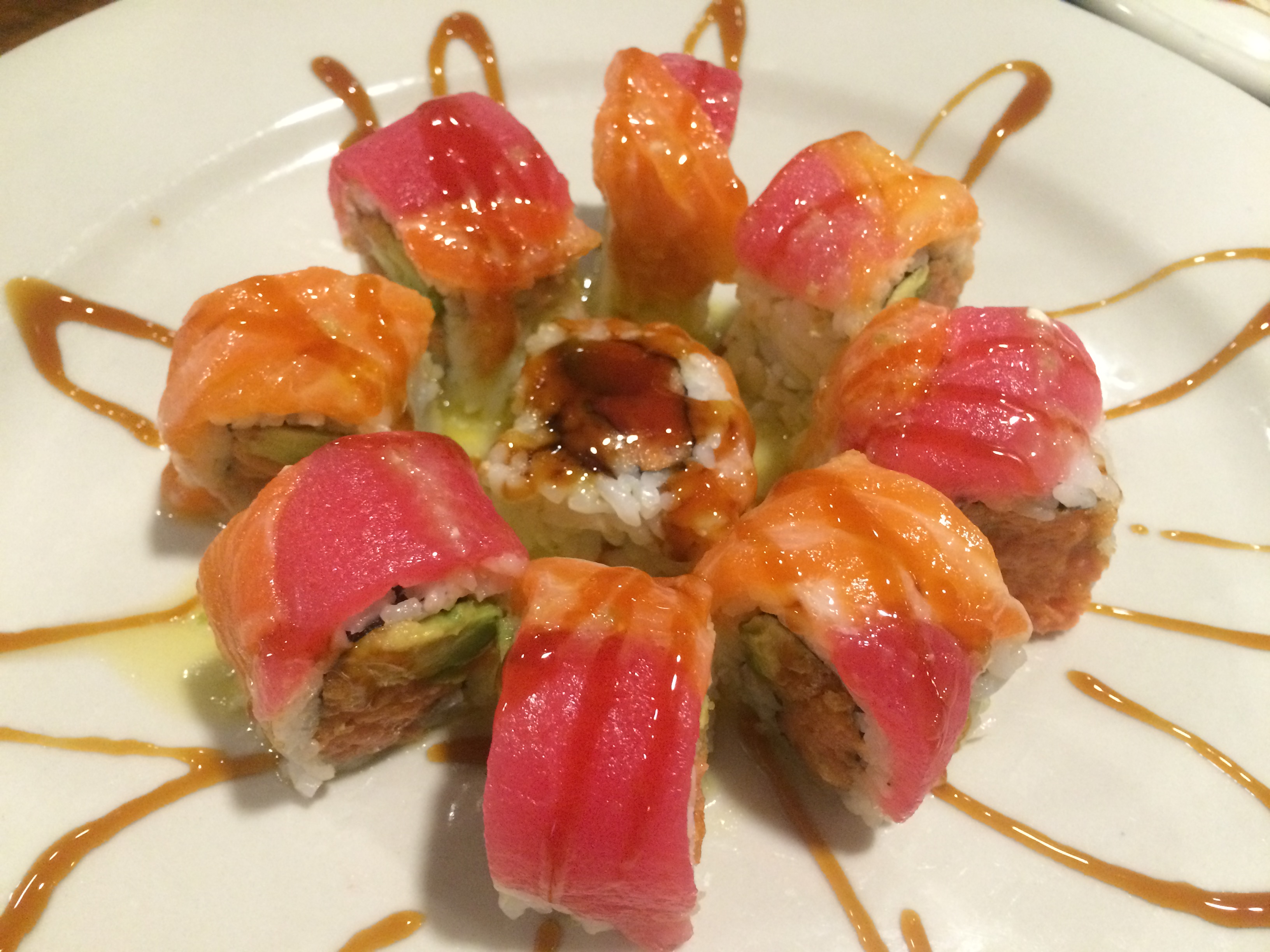The Martha’s Vineyard Museum Motivates the Community and its Visitors to Learn.
by Ilana Gensler
Tucked at the corner of School Street and Cooke Street in Edgartown lies a brick path. If you follow that path ten steps, you’ll find yourself unraveling the history, art and culture of Martha’s Vineyard through a journey far livelier than most textbooks.
Since 1992, the Dukes County Historical Society has remained a spot of grand exploration and learning. Changing over time into the Martha’s Vineyard Historical Society and then, finally, The Martha’s Vineyard Museum, this must-see sight has “evolved…into a full-blown museum,” notes Katy Fuller – previous intern and current marketing and programming director.
Unlike your typical museum which says, “this is what we have on exhibit, we hope you enjoy it,’ “The Martha’s Vineyard Museum is different because it is more hands on,” begins Fuller. The Museum takes the requests of the community into consideration through its mission in which they exhibit the collection instead of just collect objects and archives from people. “If someone comes to us and says, ‘I want to do an exhibit on the deaf community,’ we’re able to do that and are welcoming of people who want to do that,” explains Fuller. It’s this level of attention to the community that establishes this museum as providing a big education component. “We love hearing feedback from the community and creating programming and exhibitions around that,” adds Fuller.
Recognized for more of a ‘hands-on’ experience, The Martha’s Vineyard Museum also tends greatly to students. “We’re very involved with schools during the academic year and summer programs during the season, which allows this place to offer something here for all ages,” comments Fuller. ‘Hands-On History,’ one of the Museum’s permanent exhibits, is the perfect example of ways in which a visitor can interact with history actively. Through a mixture of arts and crafts, songs and storytelling, ‘Hands-On History’ introduces prominent historical themes such as Wampanoag traditions and maritime heritage.
The Martha’s Vineyard summer spot that we know today was quite different during its geological beginnings. Enchanted Isle, another permanent exhibit, uses rare objects and oral histories to pinpoint the qualities that make one era of the island’s history differ from another. Another significant aspect that carried over on the Vineyard throughout the years were the island’s gardens. As both a crucial source of food and medicinal plants for ailments, gardens on the island were powerfully effective. The Historic Herb Garden exhibit reminds us of the usefulness of natural resources.
The six galleries in the main Peace House Building along with a carriage shed of vehicles and vessels don’t come to life on their own, however. The students contribute largely to the immense potential for growth in learning, as they “come and actually curate their own exhibits here,” mentions Fuller. “High school classes in the January, February, March and April periods come up with a topic that they study at school and design exhibit labels based on what we have here,” she continues.
For those more interested in independent study, don’t fret; this is still the place for you. “The library has all of our archives so people can come and do research on genealogy records, among many other fields. Or, if they’re writing scholarly work, they can come and research our first publications as well,” adds on Fuller.
In addition to maintaining its reputation as a landmark place of education, The Martha’s Vineyard Museum is recognized for something much larger, quite literally speaking. Positioned center stage on a grassy field stands the original lens of the Gay Head Lighthouse. With a white door that hangs wide open, the Ross Frensel Lens Building invites all to observe what had been the source of powerful light crafted in in France one hundred and sixty one years ago. This special sight “is kind of what people know us for,” adds Fuller. “When we say, ‘Oh I work at the museum’, they say ‘Is that the place with the light house on the lawn?’”
Fuller oversees fundraising events, programming and runs the memberships at the museum, but her affiliation to this special historical home surpasses her daily duties. “Starting in 2008, I worked here seasonally while I finished school and then graduate school and sort of just never left,” reveals Fuller.
Whether it was the excitement of the original lighthouse lens or the several interactive exhibits, Fuller found herself unable to stay away. And there’s a chance you might not be able to, either.
